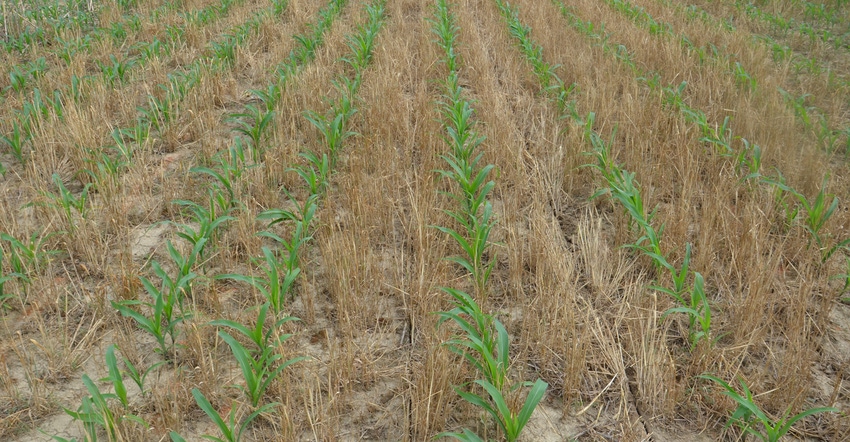September 8, 2021

The Indiana State Department of Agriculture recently released a report on the amount of cover crops planted in Indiana in the fall of 2020 for the 2021 cropping season. For the first time, the number of acres planted to annual cover crops topped 1.5 million. After several years of being around 1 million acres, the past year saw a dramatic increase statewide. Indiana farmers are seeing the benefits of cover crop usage and jumping on the “bandwagon.”
While a half million-acre increase in one year is very noteworthy, there is still much work to be done. Indiana has about 10 million acres planted to annual row crops, so in 2020, about 15% had cover crops. The bandwagon has plenty of seats left. Are you ready to take that leap and jump on for 2021?
While some benefits of cover crops are obvious, such as erosion control, some are not so noticeable at first glance. For a farmer, every decision about a change in the management of their operation requires an economic benefit — what is the impact to the bottom line? Many farmers who are considering the use of cover crops ask: “What will it cost me to plant cover crops, and how will it benefit me economically? How can I justify the extra expense?”
Fewer chemicals
One advantage many Indiana farmers are finding — especially those who are planting into standing green cover crops — is the reduced need for chemical weed control. The use of no-till, along with a high-carbon cover such as mature cereal rye, can provide a season-long mat of residue that reduces the ability of weed seeds to germinate. This can reduce and, in some cases, eliminate the need for herbicide applications.
While not a concern across much of Indiana in 2021, that mat of residue also will protect the soil surface from evapotranspiration, holding moisture for dry periods that normally occur most summers. What is the value of an extra inch of rainfall in a dry summer? If that cover crop residue provides you an extra 5 bushels of corn, you paid for the cover crop seed and planting. If it provides 10 bushels, you have put money in your pocket! That is how you can justify the extra expense of planting cover crops.
There are plenty of seats on the bandwagon, so jump on today! Take a seat next to a long-term cover crop farmer, learn from him or her, glean all the information you can get, and then take it to your farm and make it work in your operation. Natural Resources Conservation Service and soil and water conservation district offices across the state of Indiana are ready to help you take that leap onto the bandwagon. Stop in or give them a call today.
To read more about the Indiana Conservation Partnership’s annual conservation survey and to take a look at your county’s no-till and cover crop acres, visit the Indiana State Department of Agriculture’s Cover Crop and Tillage Transect Data website. You will find an interactive map and various other maps from 2021 back to the early 1990s, when the conservation survey began.
Donovan is a district conservationist with the Natural Resources Conservation Service. He writes on behalf of the Indiana Conservation Partnership.
Read more about:
No tillAbout the Author(s)
You May Also Like






